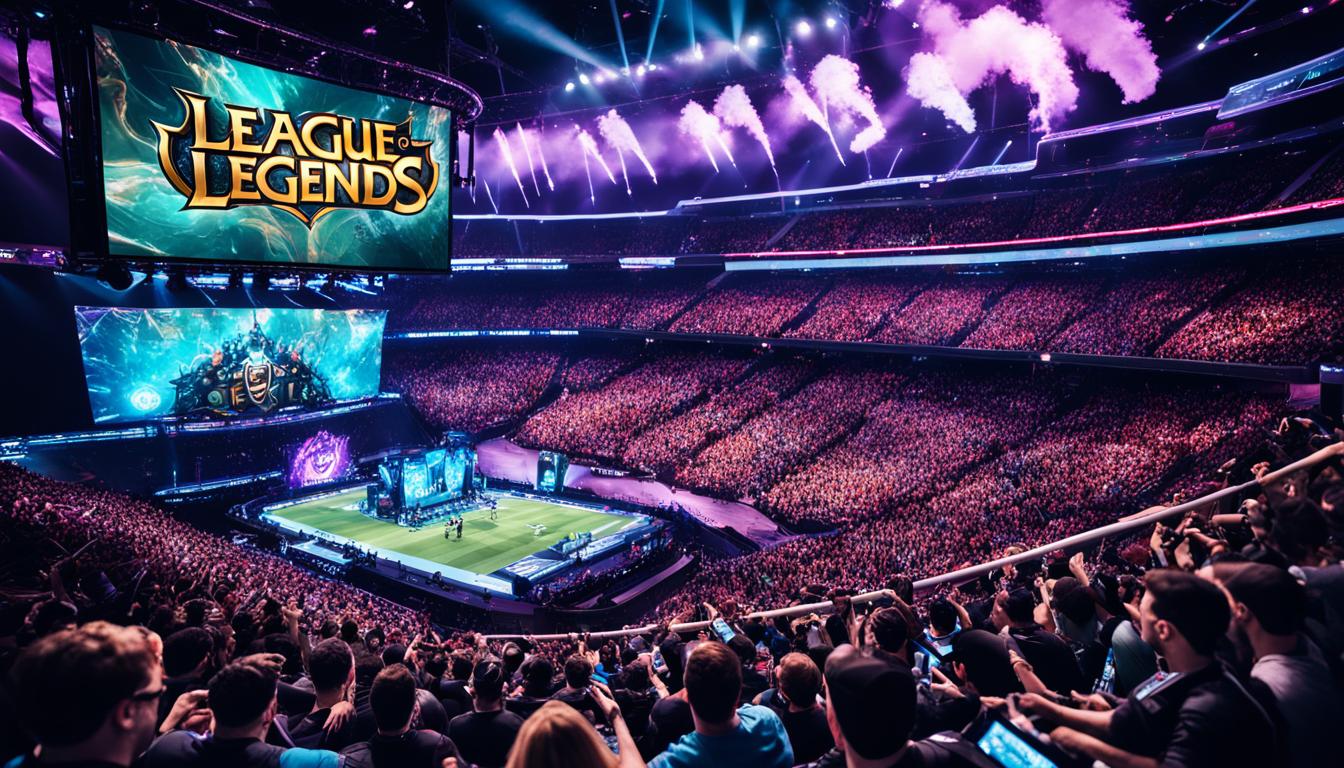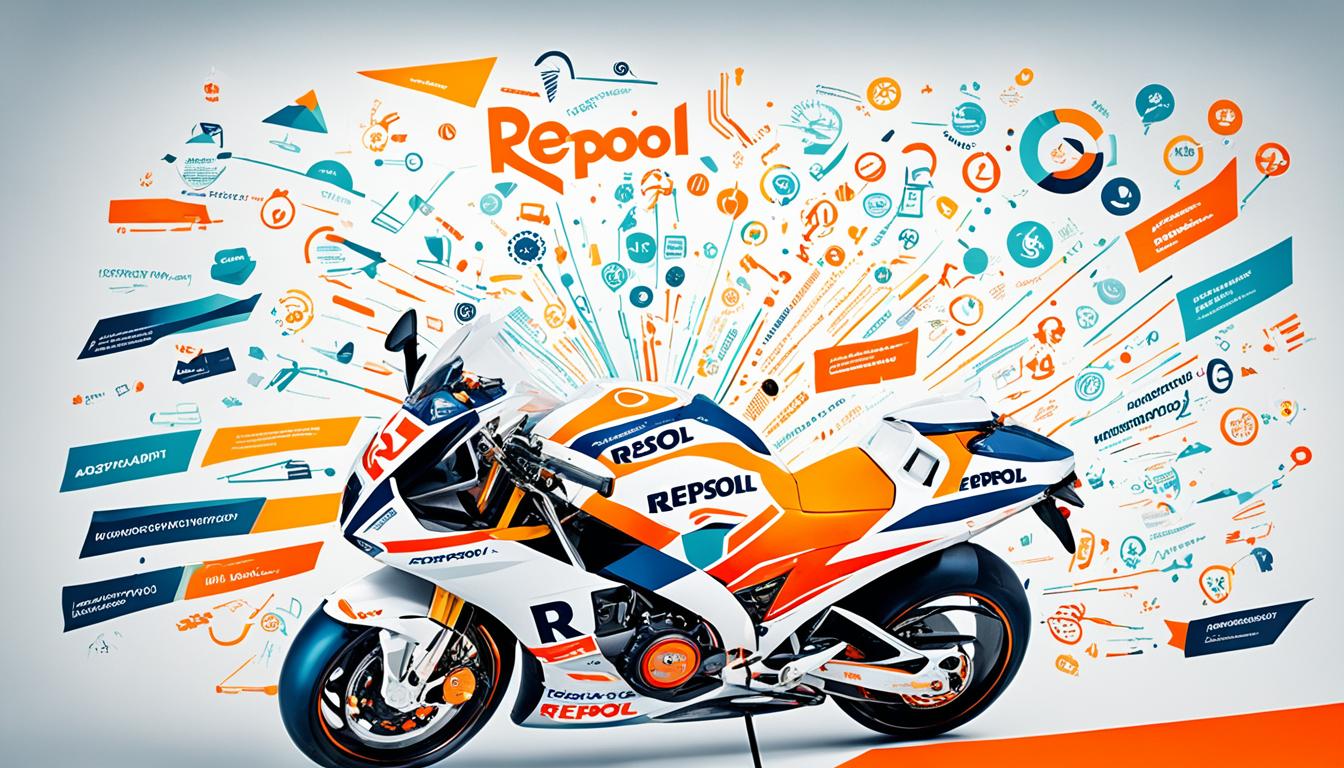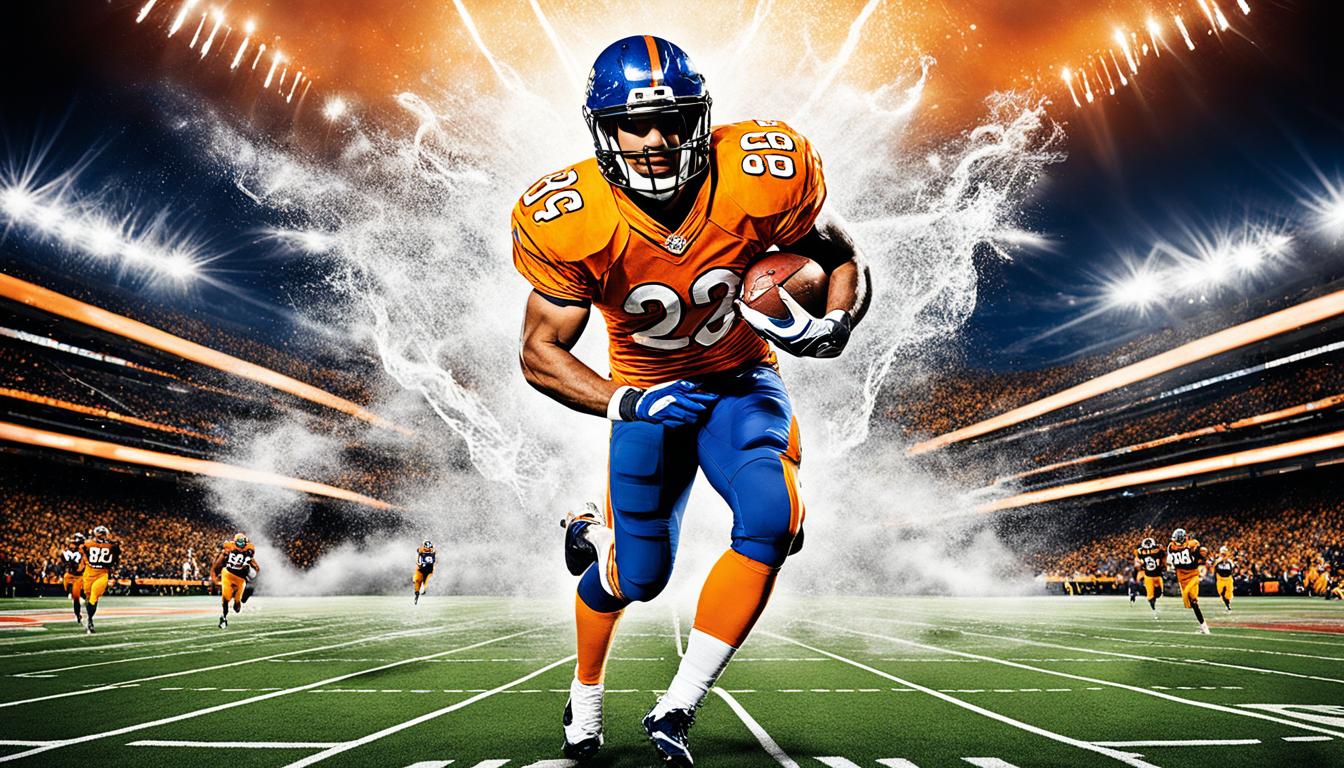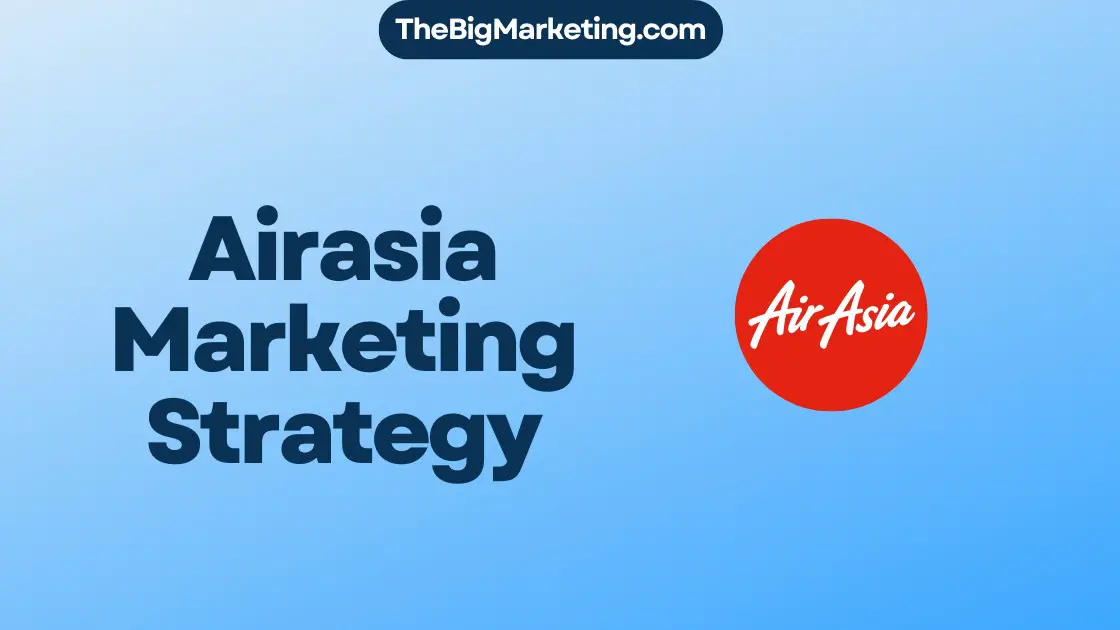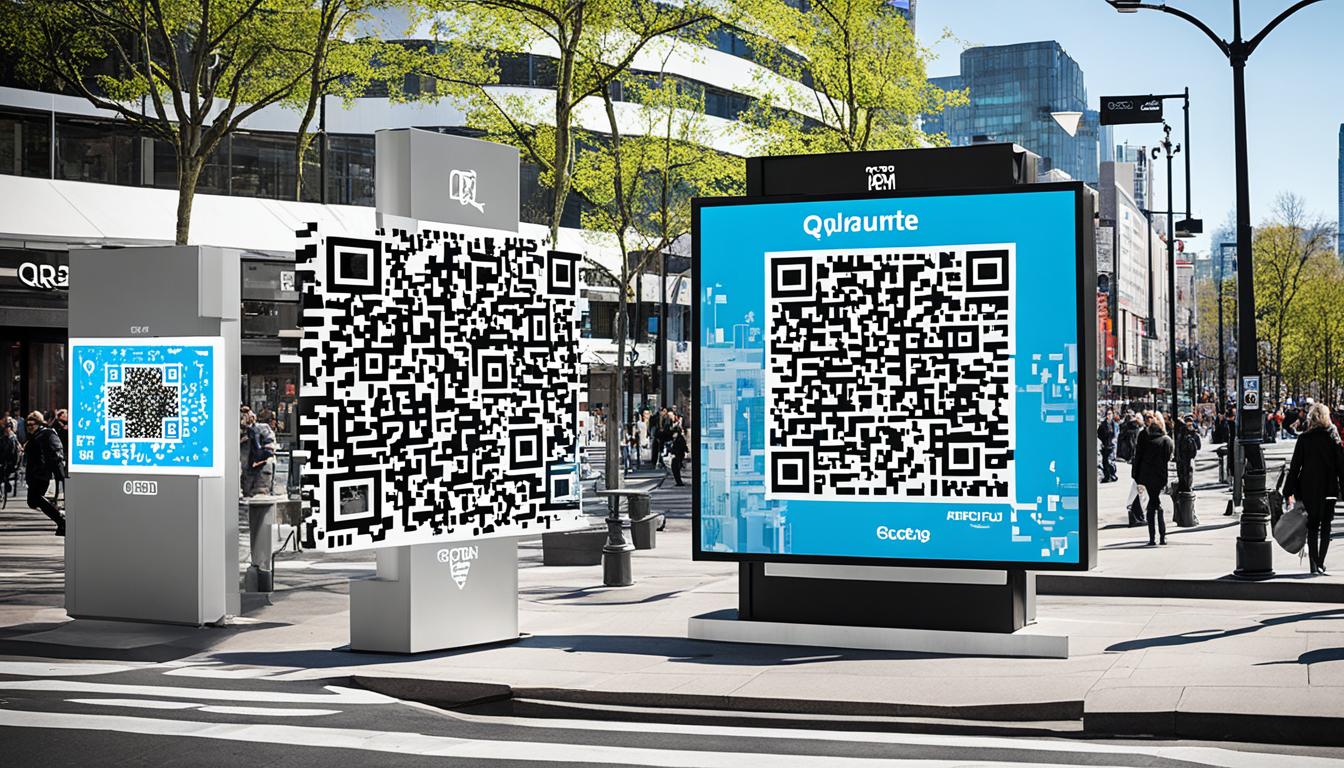Experiential marketing has transformed the way brands engage with consumers by creating immersive experiences that go beyond traditional advertising. The use of large props can significantly enhance these campaigns, capturing attention and fostering deeper connections with the audience. Incorporating oversized props not only elevates brand presence but also stimulates interaction and memorable moments that resonate long after the event.
As brands seek innovative ways to stand out in a competitive landscape, large props serve as powerful tools for engagement marketing. They invite participation, enabling consumers to become active participants in the brand story. This strategy not only amplifies brand awareness but also encourages social media sharing, further extending the reach of the campaign.
By integrating large props into experiential marketing efforts, brands can design memorable campaigns that leave lasting impressions on their target audience. These immersive experiences are crucial for driving consumer loyalty and engagement, ultimately setting the stage for success in today’s dynamic market.
Key Takeaways
- Large props amplify brand presence and encourage audience interaction.
- Immersive experiences foster deeper connections and drive brand awareness.
- Effective utilization of props can enhance the overall impact of experiential marketing campaigns.
Fundamentals of Experiential Marketing
Experiential marketing focuses on creating immersive experiences that foster emotional connections between brands and consumers. This approach requires a strategic framework that incorporates the history, evolution, and key components of the discipline.
Defining Experiential Marketing
Experiential marketing is a marketing strategy that emphasizes direct engagement with consumers through memorable experiences. Unlike traditional marketing methods, it seeks to forge an emotional connection by allowing individuals to interact with the brand in meaningful ways. This interaction can take many forms, from live events and pop-up installations to digital engagements and immersive experiences. The goal is to create lasting impressions that transcend simple product awareness, ultimately driving loyalty and brand advocacy.
History and Evolution of Experiential Marketing
The origins of experiential marketing can be traced back to the early 20th century, when brands used face-to-face interactions to foster relationships with consumers. As markets evolved, so did the strategies employed by marketers. The rise of technology and social media in the late 20th and early 21st centuries reshaped experiential marketing. Brands began leveraging digital tools to enhance engagement, turning events into shareable content. Innovative approaches, like interactive installations and gamified experiences, emerged, demonstrating the adaptability of this marketing strategy to changing consumer preferences and behaviors.
Key Components of Experiential Marketing
Several key components contribute to successful experiential marketing campaigns:
Immersive Experience: Engaging consumers through multi-sensory interactions enhances memory retention and brand recall.
Emotional Connection: Campaigns that evoke emotions lead to stronger associations with the brand, fostering loyalty.
Interactivity: Allowing consumers to participate actively makes the experience more relevant and personal.
Storytelling: A compelling narrative can draw attendees into the brand’s world, making the experience more engaging.
By focusing on these elements, marketers can design campaigns that resonate deeply with their target audience, leading to impactful and memorable moments.
Designing Memorable Experiential Campaigns
Creating impactful experiential marketing campaigns requires a strategic approach. By setting clear goals, understanding the target audience, crafting a relevant core message, and integrating large props effectively, brands can create memorable experiences that resonate and engage.
Establishing Campaign Goals
Defining campaign goals is the foundation of any successful marketing effort. Goals should be specific, measurable, achievable, relevant, and time-bound (SMART). This may include increasing brand awareness, generating leads, or boosting customer engagement.
For instance, a brand activation campaign might aim to capture a specific percentage increase in social media shares or foot traffic at an event. Clear objectives guide the creative process and influence decisions throughout the campaign.
Understanding the Target Audience
A deep understanding of the target audience is critical to creating effective experiential marketing. Brands should consider demographics such as age, gender, interests, and behaviors. Conducting surveys and analyzing market research can provide insights into what resonates with potential attendees.
Tailoring experiences based on these insights helps ensure that the campaign appeals directly to the audience’s preferences. Engaging with the audience through various channels before the event can enhance receptiveness and participation.
Crafting the Core Message
The core message of a campaign should be clear and engaging, reflecting the brand’s identity. It should highlight the key values or unique selling propositions that differentiate the brand from competitors.
This messaging can be presented through multiple formats—visual, verbal, and interactive—to enhance the overall experience. Effective storytelling can captivate the audience and create a lasting impression, making the campaign more likely to go viral.
Integrating Large Props Effectively
Large props can transform an ordinary event into an extraordinary experience. They serve as attention-grabbing focal points that enhance engagement. Brands should ensure these props align with the overall message and theme of the campaign.
For instance, a massive replica of a product or a creative installation can invite interaction, drawing in attendees. Utilizing technology, such as augmented reality, in conjunction with props can amplify engagement and create buzz, encouraging attendees to share their experiences online.
Leveraging Large Props in Experiential Marketing
Large props are crucial in creating memorable brand experiences during events. They can enhance engagement and encourage participation, making brand activations more impactful. By understanding the types of large props available, examining successful case studies, and addressing logistics, marketers can effectively integrate these elements into their strategies.
Types of Large Props for Brand Engagement
Large props can take various forms, including oversized products, interactive installations, and themed backdrops. Brands often use these to create immersive experiences that attract attention. For instance, inflatable structures capture eyes at live events, while 3D replicas of products enhance brand visibility.
Examples include:
- Interactive kiosks encouraging visitor participation
- Photo opportunities with branded large-scale replicas
- Engaging scenery that reflects a brand’s identity
These props facilitate interaction, allowing consumers to connect with the brand on a deeper level.
Case Studies of Large Props in Action
Several brands have successfully leveraged large props to enhance their marketing campaigns. A notable example is the Spotify Everywhere experience, where large-scale props showcased app features, engaging all five senses. Participants interacted with sound and visuals in a way that made the brand memorable.
Another example is a pop-up store that featured a massive product display, inviting customers to explore and take photos. This approach not only drove foot traffic but also increased social media engagement. Brands that invest in well-designed props can effectively enhance their marketing examples, creating campaigns that resonate.
Logistics and Planning for Large Props
Effective logistics are essential when incorporating large props into marketing events. This involves careful planning regarding size, placement, and stability. Marketers must consider the venue’s layout to optimize visibility and accessibility.
Key logistical aspects include:
- Securing permits for oversized structures
- Ensuring props are safe and stable for participant interaction
- Planning for transportation and installation
Additionally, brands must train staff to assist with interactions, enhancing visitor engagement. A well-executed plan not only elevates the experiential marketing strategy but also ensures a seamless execution during live events.
Technological Innovations in Experiential Marketing
Technological advancements play a crucial role in enhancing experiential marketing, enabling brands to create more engaging and memorable interactions. This section explores key innovations that empower businesses to connect deeply with consumers.
Augmented and Virtual Reality Integration
Augmented reality (AR) and virtual reality (VR) have transformed experiential marketing by creating immersive experiences that captivate audiences. Brands can utilize AR applications to overlay digital elements onto the physical world, making interactions more engaging. For example, the IKEA Place app allows customers to visualize furniture in their own homes through AR, enhancing the shopping experience.
On the other hand, VR offers a completely immersive environment. This technology can transport consumers to fictional worlds or simulated environments, promoting deeper emotional connections. For instance, a travel company might create a VR experience showcasing a vacation destination, enticing potential travelers to book their trips. Both technologies facilitate personalized interactions, ultimately strengthening brand loyalty.
Digital Engagement and the Virtual Tour
Digital engagement, particularly through virtual tours, enables brands to reach their audience in innovative ways. Virtual tours allow consumers to explore spaces remotely, providing a powerful tool for businesses in industries such as real estate, hospitality, and tourism. This technology can showcase product offerings, highlight features, and create an interactive experience that traditional marketing cannot achieve.
Utilizing high-quality imagery and 360-degree videos, companies can present their products or services in compelling formats. The immersive nature of virtual tours encourages consumers to spend more time exploring, which can lead to increased interest and conversion rates. Brands that leverage virtual tours differentiate themselves and enhance customer satisfaction.
Data and Analytics in Measuring Success
Data and analytics are essential for measuring the effectiveness of experiential marketing strategies. Through various analytics tools, businesses can gather insights on consumer behavior during immersive experiences. This information can identify patterns and preferences, informing future marketing strategies.
Market research conducted before and after an experiential marketing event can reveal how well the campaign resonates with the target audience. Metrics such as engagement rates, dwell time, and conversion stats offer valuable feedback. By analyzing this data, brands can refine their strategies, optimizing their marketing efforts for greater impact. Implementing robust analytics processes ensures that brands remain adaptable and responsive to consumer needs.
The Role of PR and Social Media
PR and social media play crucial roles in enhancing experiential marketing by amplifying brand messages and creating engaging narratives. Large props serve as eye-catching features that can drive conversations online and offline, increasing brand awareness and positive brand perception.
Creating a Narrative around Large Props
The effectiveness of large props in experiential marketing relies heavily on storytelling. When brands leverage these elements, they can create compelling narratives that resonate with their audiences.
For instance, a large installation can symbolize a brand’s core values or mission. PR professionals craft narratives that highlight these connections, making events more memorable.
By engaging influencers and media outlets, brands can secure coverage that underscores the importance of the props. This approach not only captures attention but also encourages attendees to share their experiences, broadening the reach of the campaign.
Branded Hashtags and Social Sharing
Branded hashtags are essential in driving social media engagement during experiential marketing events featuring large props. These hashtags encourage attendees to share their experiences and photos, further amplifying the brand’s message.
To maximize impact, brands can promote specific hashtags before, during, and after an event. By embedding hashtags into large props, they become part of the visual experience, making it easier for attendees to remember and use them.
Social sharing increases brand visibility and can lead to user-generated content that enhances brand perception. When users share positive experiences online, it establishes trust and reinforces the brand’s values.
Measuring Social Reach and PR Impact
To gauge the effectiveness of experiential marketing campaigns, brands must measure social reach and PR impact. Tracking metrics such as social media impressions, engagement rates, and the use of branded hashtags provides valuable insights.
Additionally, analyzing media coverage from PR efforts helps determine how well the narrative surrounding large props has resonated with audiences. Brands can assess sentiment through monitoring tools that analyze brand mentions and audience reactions.
This data is vital for refining future campaigns. By understanding the correlation between large props and audience engagement, brands can optimize their marketing strategies and improve overall effectiveness.
Emerging Trends in Experiential Marketing
Experiential marketing is evolving rapidly, driven by trends that emphasize sustainability, personalization, and the integration of physical and digital experiences. Brands are increasingly focused on creating impactful and memorable experiences that resonate with consumers on a deeper level.
Sustainability in Experience Design
Sustainability is a key consideration in modern experiential marketing. Brands are adopting eco-friendly materials and practices to minimize their environmental impact. This can include using recyclable materials for props, reducing waste during events, and incorporating energy-efficient technologies.
For instance, companies are opting for biodegradable promotional items and durable installations that can be reused across multiple events. Highlighting sustainability not only appeals to environmentally conscious consumers but also strengthens brand reputation.
Implementing these practices allows brands to engage customers with a message that resonates on both an emotional and ethical level, enhancing overall brand loyalty.
Personalization and Custom Experiences
Personalization in experiential marketing allows brands to create tailored experiences that engage consumers directly. By utilizing data analytics, marketers can learn about consumer preferences and behaviors.
This enables the crafting of custom experiences, such as interactive installations that adapt based on real-time feedback. Brands can provide personalized content, from tailored messaging to exclusive offers that cater to individual consumer needs.
Examples of personalization include customized activities at trade shows or events where attendees participate in unique experiences based on their interests. Enhancing the sense of individuality fosters a deeper connection between the consumer and the brand.
Future of Physical and Digital Integration
The integration of physical and digital realms is transforming experiential marketing. This trend leverages technology to create seamless connections between in-person and online experiences.
Innovative tools like augmented reality (AR) and virtual reality (VR) are becoming increasingly popular. They provide immersive experiences that can extend beyond physical boundaries.
Brands can reach wider audiences by offering online components to their physical events, such as live streaming or interactive social media engagements. This blend enhances consumer engagement and allows for a more expansive reach, ensuring that the experiential elements resonate in both environments.
As brands navigate this landscape, crafting cohesive strategies that blend both worlds will be essential for future success.
Best Practices for Engaging Experiential Campaigns
Creating impactful experiential marketing campaigns requires thoughtful planning. Emphasizing safety, maximizing participation, and implementing effective follow-up strategies are essential components for success. These elements contribute significantly to customer experience and foster brand loyalty.
Ensuring Safety and Compliance
Safety should be the top priority in any experiential marketing event. It is crucial to conduct comprehensive risk assessments to identify potential hazards related to large props or interactive elements. Adequate safety measures include secure setup, proper maintenance, and monitoring during the event.
Event organizers should adhere to local regulations and obtain necessary permits. Training staff on emergency protocols is essential. Clear signage promoting safety guidelines enhances awareness among participants, fostering a secure environment.
By prioritizing safety and compliance, brands not only protect participants but also enhance their reputation, which can lead to increased customer loyalty.
Maximizing Participation and Interaction
Engagement marketing thrives on active participation. To maximize involvement, brands can integrate interactive elements such as games, contests, or live demonstrations. Utilizing large props creatively can draw attention and encourage participation.
Offering incentives, such as discounts or branded merchandise, motivates guests to engage. Organizers should create a welcoming atmosphere that encourages social interaction among participants.
Incorporating technology, like QR codes or mobile apps, can further enhance interaction, allowing guests to access exclusive content or promotions.
Ultimately, creating a memorable experience through active participation fosters a stronger emotional connection to the brand.
Follow-up Strategies for Long-Term Impact
Post-event engagement is vital in sustaining customer interest and loyalty. Brands should implement follow-up strategies, such as personalized emails or surveys, to gather feedback from participants. This demonstrates that the brand values their opinions and is committed to improving future experiences.
Utilizing social media platforms to share highlights from the event keeps the momentum going. Encouraging participants to share their experiences online creates user-generated content that can enhance brand visibility.
Offering exclusive deals based on their participation can deepen the connection to the brand. These follow-up efforts reinforce the customer experience and contribute to long-term brand loyalty.
Case Study: Analysis and Learnings
Experiential marketing thrives on engaging customers through memorable interactions. The effective use of large props can enhance brand experiences by capturing attention and encouraging participation. Analyzing successful campaigns reveals valuable insights into strategies and potential pitfalls.
Dissecting Successful Experiential Campaigns
In a recent campaign, a major beverage brand utilized a giant props-based activation at a music festival. Attendees interacted with an oversized cooler that dispensed chilled drinks, turning a passive experience into an exciting one. This innovative activation aligned perfectly with the brand’s image and encouraged social media sharing.
Data collected showed a 40% increase in brand engagement compared to previous events. The large prop not only drew crowds but also fostered a sense of community among festival-goers. Analyzing similar campaigns, it becomes clear that props must resonate with the target audience to maximize impact.
Learning from Challenges and Failures
Many campaigns that incorporate large props encounter challenges that can lead to failures. A notable example involved a clothing brand that launched an oversized fitting room. Initially, this idea seemed promising, but the execution fell short; logistical issues led to long wait times, frustrating attendees.
The findings from this case highlight the need for detailed planning. Challenges include:
- Ensuring accessibility
- Managing crowd control
- Efficiently integrating props with the overall experience
These elements are crucial to avoid negative brand perception. Lessons learned stress that large props should enhance the experience, not hinder it through poor execution.
Innovative Use of Props in Popular Campaigns
Several successful campaigns have effectively leveraged large props, transforming how brands connect with consumers. A notable case involved a skincare brand that installed a massive interactive mirror displaying personalized skincare tips. This innovative prop engaged visitors on a personal level, enhancing brand loyalty.
In addition, a tech company introduced an enormous interactive screen illustrating their product features. Attendees could explore the technology firsthand, making the experience educational and entertaining. These campaigns demonstrate that the thoughtful integration of large props can significantly enhance user engagement, creating lasting impressions in the minds of consumers.
Conclusion
Large props serve as a significant tool in the realm of experiential marketing. They attract attention and create memorable experiences that engage audiences on multiple sensory levels.
As brands focus on building authentic connections, oversized props can enhance storytelling. This adds a visual dimension that traditional marketing methods often lack.
Looking toward the future, integrating these elements into marketing strategies is advisable. They can drive brand awareness and encourage social sharing, amplifying campaign reach.
Strategic Takeaways:
- Engagement: Large props make interactions more engaging.
- Memorability: They create lasting impressions that resonate with consumers.
- Versatility: These props can be tailored to fit any brand message or event.
Brands that leverage oversized props effectively can stand out in a crowded market. It is essential to consider how these elements align with overall marketing objectives.
In summary, incorporating large props into experiential marketing is not just beneficial but necessary for impactful brand experiences. This approach can lead to enhanced consumer engagement and loyalty.
Frequently Asked Questions
This section addresses common inquiries regarding the use of large props in experiential marketing. It covers how these elements can enhance visitor engagement, types that are most effective, benefits of integration, measurement of success, design considerations, and their role in storytelling.
How can large props enhance visitor engagement in experiential marketing campaigns?
Large props can captivate audiences by offering interactive and visually striking elements that draw attention. They encourage visitors to immerse themselves in the experience, prompting participation and interaction. This heightened engagement leads to memorable interactions that increase the likelihood of sharing on social media.
What types of large props are most effective in experiential marketing events?
Effective large props include oversized replicas of products, interactive installations, and themed environments that align with brand messaging. Nautical-themed displays or life-sized animals can create a playful atmosphere, while functional props, like photo booths, can encourage participation and sharing.
What are the benefits of integrating large props into experiential marketing strategies?
Integrating large props can significantly improve brand visibility and recall. They create memorable experiences that foster emotional connections with consumers. Additionally, large props can enhance brand storytelling, serving as focal points for interaction and discussion.
How can brands measure the success of using large props in experiential marketing?
Brands can assess success through various metrics, including visitor engagement levels, social media interactions, and post-event surveys. Tracking foot traffic and analyzing content generated by attendees provides quantitative data on effectiveness.
What are the key considerations when designing large props for experiential marketing?
Key considerations include alignment with brand identity, safety, and logistical feasibility. The design should ensure durability and ease of installation. Furthermore, the props should facilitate interaction while remaining visually appealing and relevant to the overall theme.
How do large props contribute to the storytelling aspect of experiential marketing?
Large props enhance storytelling by providing a tangible representation of a brand’s narrative. They can create immersive environments that transport visitors into the brand’s world, enriching the overall experience. This connection allows consumers to engage with the story on a deeper level.

